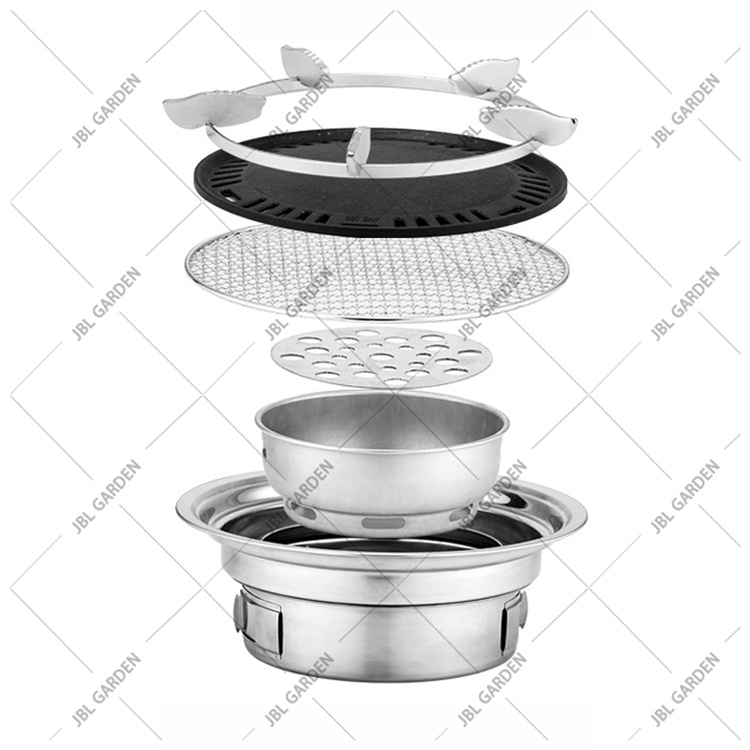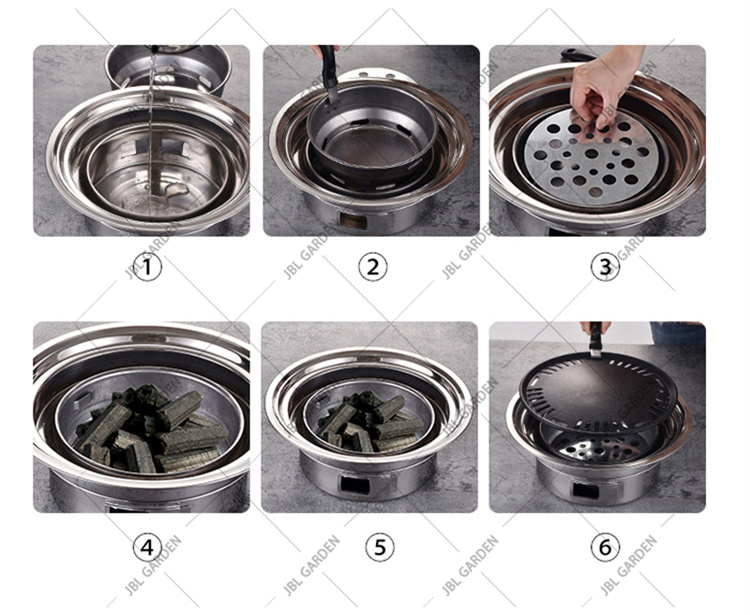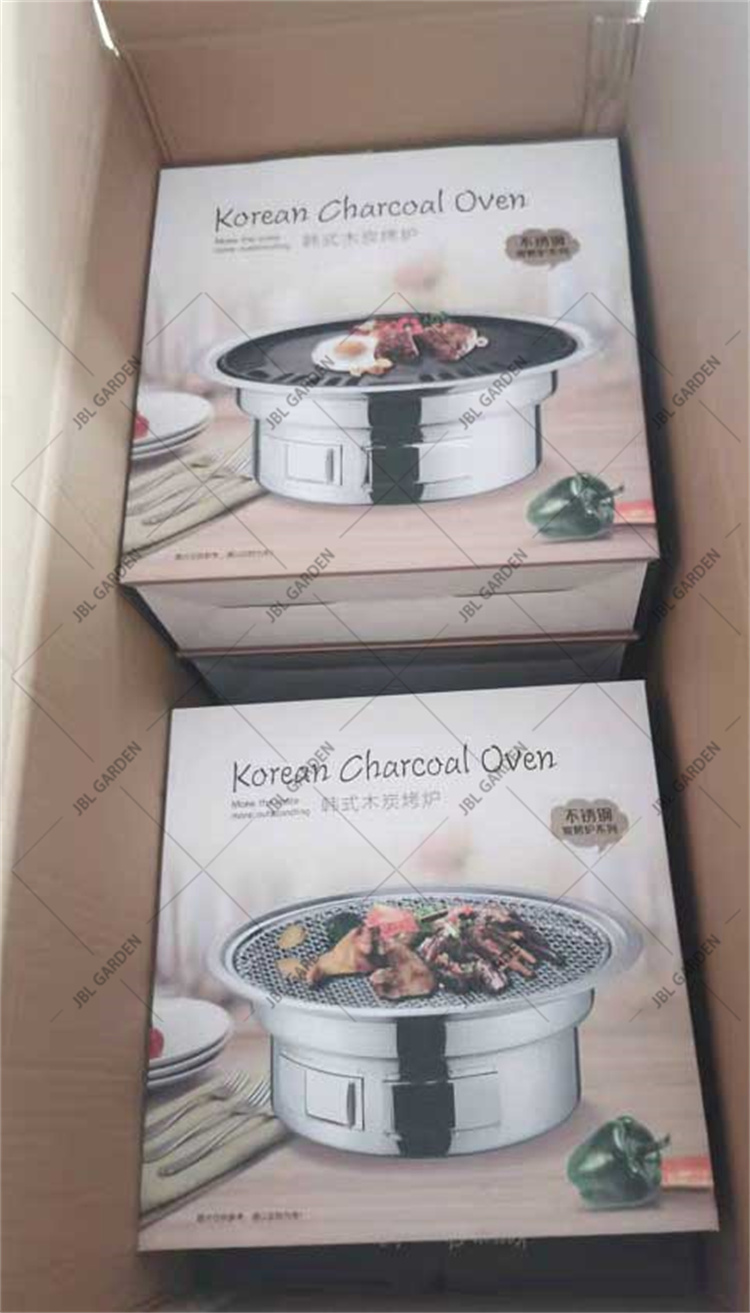[Chinese Packaging Network News] Packaging design is not only about the layout of text and images, but also about paying attention to small details. As people's awareness of self-protection increases, they often use anti-counterfeiting techniques to check products before purchasing, ensuring their own interests. The most common method is to check the barcode, which is the simplest and most widely used approach. Barcodes are mainly found on product packaging, making them an important indicator of a product's image and value. Therefore, they should not be overlooked in the design process.
Barcodes offer several advantages, such as low equipment investment, convenient production and printing, and wide application. This article discusses some key issues to consider when printing barcodes using screen printing. Screen printing is one of the simpler methods for producing barcodes.
1. Thickness of the Barcode
To ensure high-quality barcode printing, it's essential to improve printing techniques. A 22.5° stretch method is commonly used, where the angle between the mesh direction and the frame is set at 22.5 degrees. This technique helps reduce ink blockage and prevents breakage. A 300-mesh screen is ideal; if the mesh is too coarse, ink leakage may occur, while a finer mesh can lead to insufficient ink deposition and poor contrast. The minimum thickness should be at least 8 μm to enhance clarity and contrast. A thickness meter can be used to measure this, ensuring accuracy and consistency during the process.
2. Clarity and Legibility
The printed barcode must be neat and easy to read. The symbol should be invisible, with no residual black spots. Any defects or stains should not exceed 0.4 times the width of the narrowest line or occupy more than 1/4 of the area within a circle of 0.8 times the line width.
3. Size Tolerance Control
Controlling the size error of the barcode improves readability and reduces decoding errors. Normally, the print tolerance is 45% of the total error, while the reading device tolerance accounts for 55%. The basic size tolerance also varies depending on the magnification level.
4. Optical Characteristics
For reliable scanning, the bars and spaces in the barcode must have clear contrast. The space should reflect as much light as possible, while the bar should absorb as much as possible. A higher PCS value means better contrast and improved reading performance.
5. Printing Tolerance
Printing tolerances refer to allowable deviations caused by imperfections in equipment, plates, or inks. These must be strictly controlled to avoid affecting the barcode’s readability.
6. Edge Smoothness
Edge roughness refers to uneven edges of the barcode elements. The edge must be smooth enough so that the element width meets the required tolerance on all possible scanning paths.
7. Ink Layer Thickness and Color Fastness
The ink layer on both bars and spaces should be kept within a certain range (less than 0.1mm). Inks with good uniformity and compatibility with the substrate should be used to ensure consistent quality.
8. Barcode Placement
The placement of the barcode should follow standards for visibility, readability, and ease of plate-making. For example, it is typically placed on the right side of the main display surface, the back of the package, or the bottom of boxes. For cans and bottles, it should be on one side of the label. If the container has a curved surface, the angle should not exceed 30°. Small containers may require rotating the barcode by 90°. For bags, the barcode should be placed on the bottom or center of the back, avoiding distortion.
By understanding these aspects, you can better manage the challenges of screen-printed barcodes. For more updates, keep following Chinese Packaging Network!
Stainless Steel Bbq Grill
Hello, grid charcoal roast *, in addition to baking, but also to prepare smoke-free special charcoal. In addition to the fire burning charcoal, in the barbecue process to continue to add charcoal to maintain the heat. Although this method can sometimes be "angry" and may even make people angry at other times, it is closer to nature and the food cooked by charcoal at high temperature will have a special fragrance. Charcoal grilling definitely tastes better than electric grilling, and it feels different. Electric grilling is just not that strong. However, there are many things to prepare for charcoal barbecue, and it is easy to get dirty. If you don't care about these, it is also very good to get a charcoal barbecue. If it is used at home, of course, the electric barbecue is convenient and clean. But if you want taste and fun, or charcoal is better.
| Name |
Camping Stainless Steel Grill |
| Material |
Stainless steel |
| Size |
350*350*120mm |
| Packing |
Pallet/carton/wooden box packing |




Packing
Packing will by carton.

Stainless Steel Bbq Grill,Steel Grill,Stainless Steel Grill,Stainless Steel Bbq
Henan Jinbailai Industrial Co.,Ltd , https://www.gardensteelarts.com




